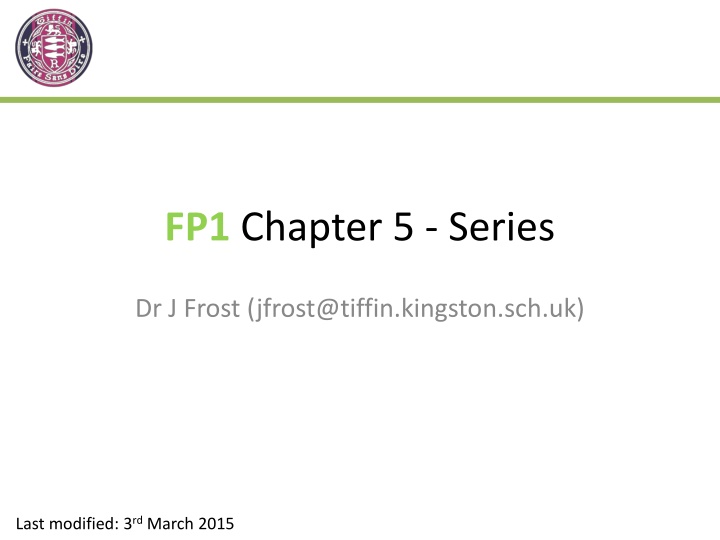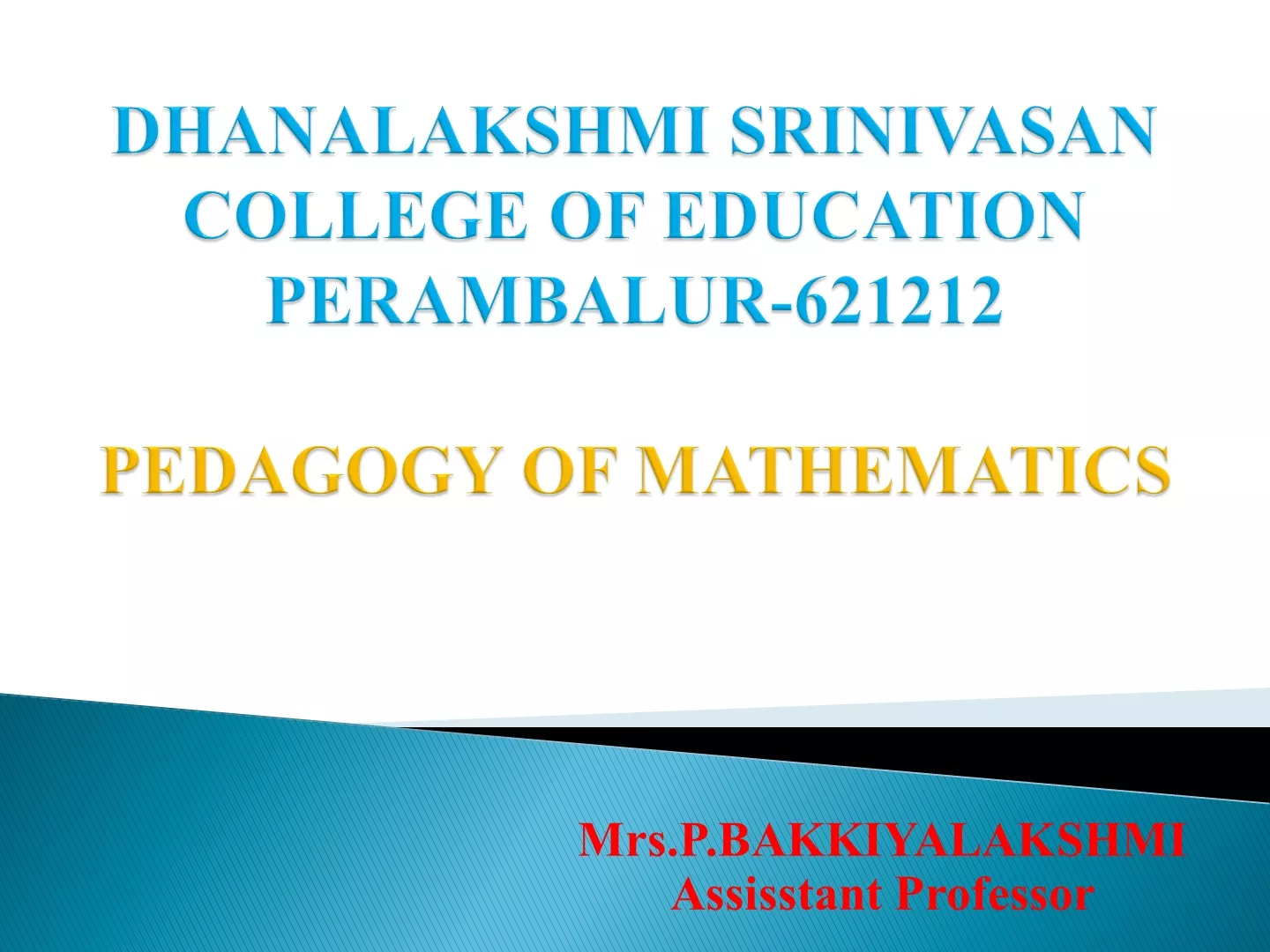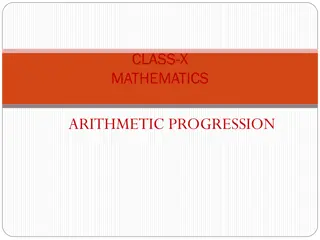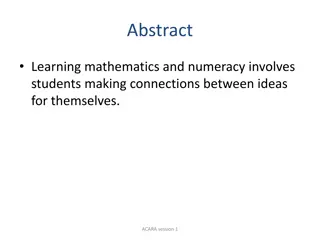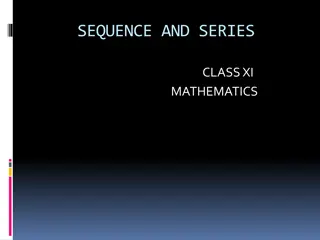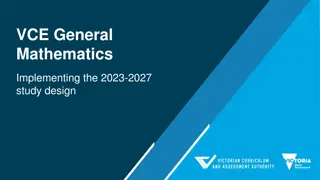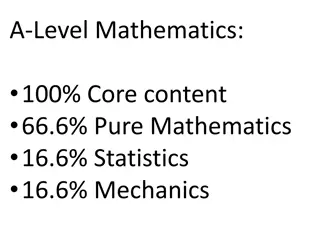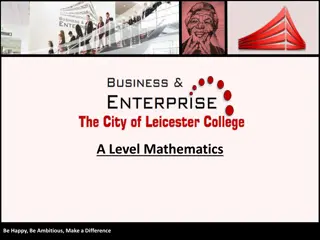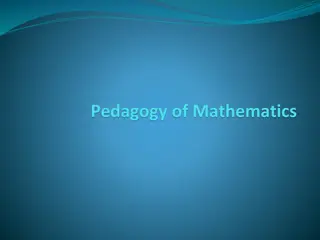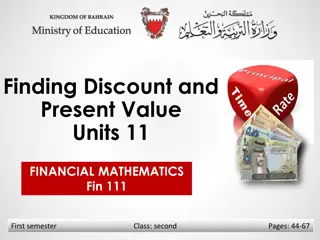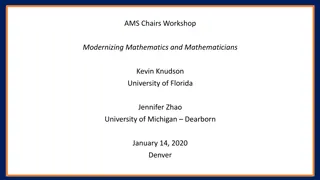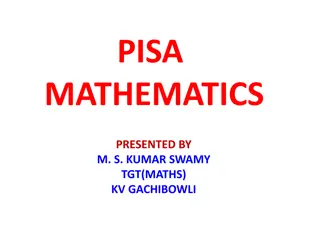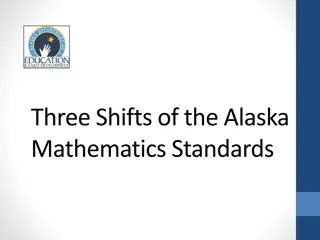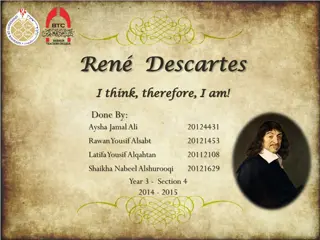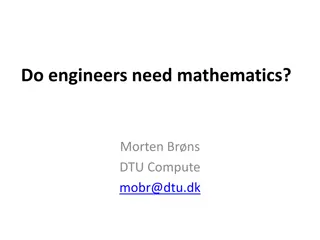Series in Mathematics
Explore the concept of series in math, including finite and infinite sequences, Euler's symbol for sum, and essential formulas for integers, squares, and cubes. Practice evaluating series sums and breaking up summations for deeper understanding.
Uploaded on Feb 20, 2025 | 0 Views
Download Presentation

Please find below an Image/Link to download the presentation.
The content on the website is provided AS IS for your information and personal use only. It may not be sold, licensed, or shared on other websites without obtaining consent from the author.If you encounter any issues during the download, it is possible that the publisher has removed the file from their server.
You are allowed to download the files provided on this website for personal or commercial use, subject to the condition that they are used lawfully. All files are the property of their respective owners.
The content on the website is provided AS IS for your information and personal use only. It may not be sold, licensed, or shared on other websites without obtaining consent from the author.
E N D
Presentation Transcript
FP1 Chapter 5 - Series Dr J Frost (jfrost@tiffin.kingston.sch.uk) Last modified: 3rd March 2015
Recap A series is just a sequence, which can be either finite or infinite. Euler introduced the symbol (capital sigma) to mean the sum of a series. What we ll cover: ? ?=1 ?=1 ?=1 ?=1 ?=4 The sum of the first ? integers. The sum of the first ? squares. The sum of the first ? cubes. Breaking down more complex sums. Dealing with other bounds. ? ?2 ?3 3 2?2+ 4? 2??2 ? ? ? We ll later prove some of these in Chapter 6.
Recap Determine the following results by explicitly writing out the elements in the sum. 8 ?2= 32+ 42+ + 82= 199 ? ??=3 5 7? + 12= 12+ 82+ + 362= 2911 ??=0 ?
Sum of ones, integers, squares, cubes These are the four essential formulae you need to learn for this chapter (and that s about it!): The last two are in the formula booklet, but you should memorise them anyway) ? Sum of first n integers ? Sum of first n squares ? Note that: Sum of first n cubes ? i.e. The sum of the first n cubes is the same as the square of the first n integers.
Quickfire Triangulars! In your head... ? 1 + 2 + 3 + ... + 10 = 55 ? 1 + 2 + 3 + ... + 99 = 4950 ? 11 + 12 + 13 + ... + 20 = 210 55 = 155 ? 100 + 101 + 102 + ... + 200 = 20100 4950 = 15150
Practice Use the formulae to evaluate the following. ? ? ? ? Bro Tip: Ensure that you use one less than the lower limit. ?
Test Your Understanding Show that ?
Breaking Up Summations ? Examples: ? ? ?
Breaking Up Summations We can combine this property of summations with the previous one to break summations up. ? ? Examples: ?2 ? 2 =1 ? =1 =1 6? ? + 1 2? + 1 3 ? + 1 12 =1 6? 2?2+ 3? + 1 3? 3 12 =1 6? 2?2 14 =1 3? ?2 7 ? 3?(?2 7) ?2 ?=1 Prove that ?=1 ?=1 ? ? ?2 ? 2 = ?=1 6? ? + 1 2? + 1 1 ? 2? 2? ? + 1 2? ? ?
Past Paper Question Edexcel June 2013 ? ?
Exercises Exercise 5E All questions Bonus Frostie Conundrum Given that n is even, determine 12 22 + 32 42 + 52 + ... n2. Alternatively, notice we have pairs of difference of two pairs. We thus get: (3 -1) + (7 -1) + (11 -1) + ... + ([2n-1] 1) = -1(3 + 7 + 11 + [2n 1]) ? The contents of the brackets are the sum of an arithmetic series (with a = 3, d = 4, and n/2 terms), and we could get the same result.
